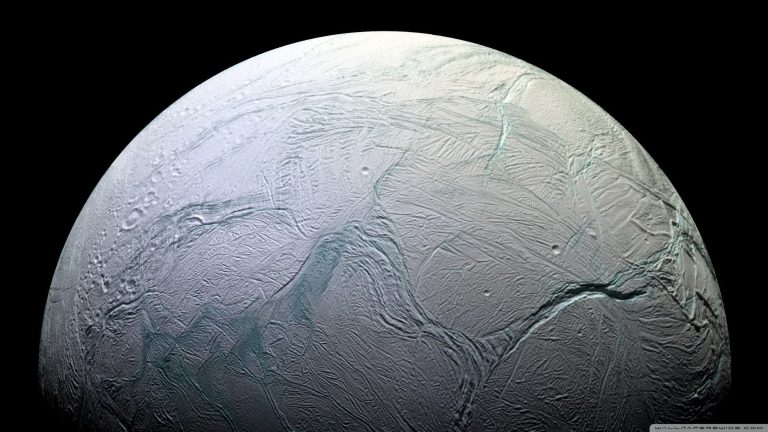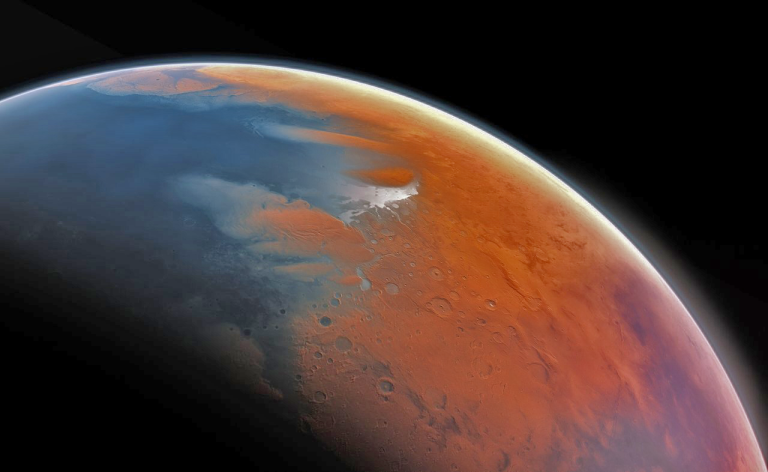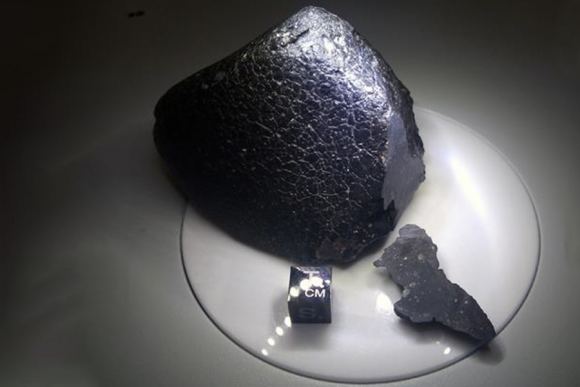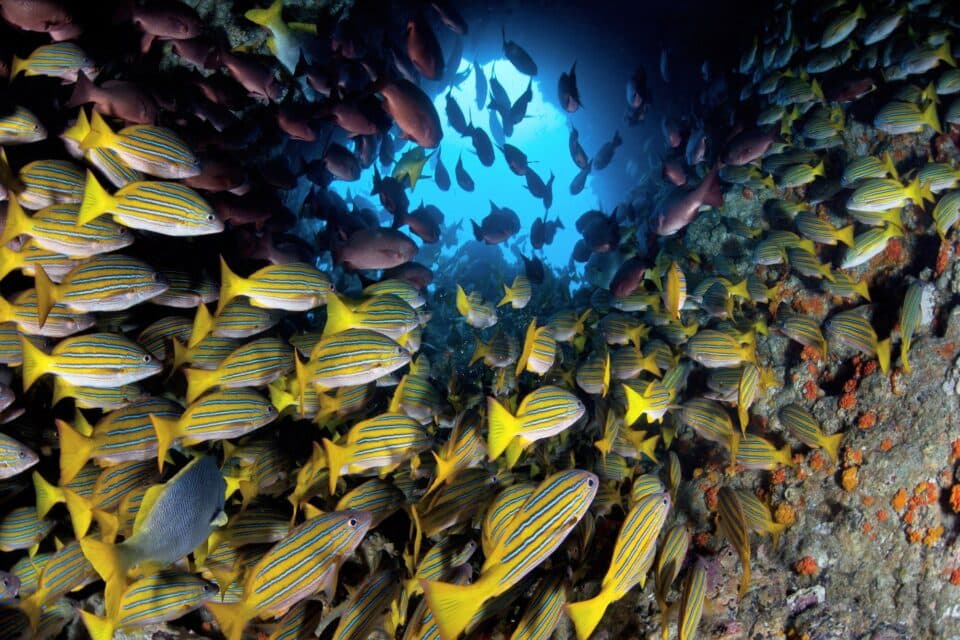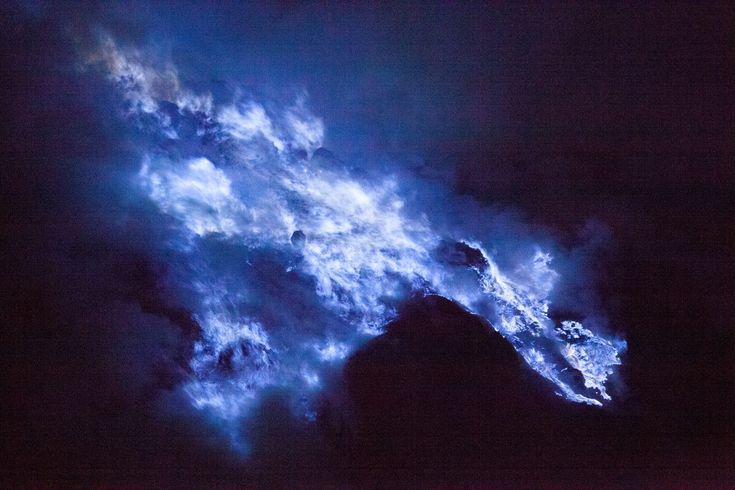Enceladus’ Icy Plumes and the Hunt for Alien Biosignatures
Enceladus stands out as a truly extraordinary moon with its icy plumes that bring material from a hidden ocean directly into space. Scientists believe that a mission to fly through or orbit this world could provide valuable information about its habitability and the potential for alien life. With advanced instruments now available, researchers are excited about the possibility of detecting even the smallest signs of life.
Summary
- Enceladus is a unique ocean world in our solar system with a subsurface ocean.
- Icy plumes eject material from its interior, offering a window into the ocean below.
- Two mission types are discussed: orbiter and flyby, each with distinct advantages.
- Modern instruments can detect low concentrations of complex organic compounds.
- Past missions like Cassini have paved the way with important discoveries.
- A flyby may provide a faster, less expensive approach while an orbiter offers closer, continuous study.
- Scientific models suggest that much more material is needed to analyze the ocean content.
- Energy on Enceladus may come from hydrothermal vents, similar to deep-sea vents on Earth.
- Research supports that the moon is accessible for study without needing to land.
- Collaborations among chemists, biologists, and planetary scientists help define mission goals.
Introduction
Saturn’s moon Enceladus has captured the attention of scientists and space enthusiasts alike. This small icy body shoots water vapor and ice particles from its south pole through mysterious cracks in its surface. Enceladus is special because it allows researchers to study a hidden ocean without the need to drill or land on its surface. In simple words, the plumes act like natural probes, making this moon an ideal target for future explorations.
The idea behind these missions is to analyze the material in the plumes for any signs that the ocean below may support life. Previous studies, including those performed by the Cassini spacecraft, have shown that organic molecules and other key ingredients for life are present in the ejected material. However, the instruments on Cassini were not built to look for detailed signs of biology, leaving room for a new mission that can search more deeply.
Mission Options: Orbiter vs. Flyby
When planning to study Enceladus, scientists are considering two main types of missions: an orbiter or a flyby. Both options offer different benefits and challenges. An orbiter would circle Enceladus and continuously sample its plumes, while a flyby mission would make one or a few passes through the plumes before moving on.
The flyby mission is seen as a way to quickly gather data without needing to stay in orbit, which could reduce mission costs and risks. On the other hand, an orbiter mission allows for extended observation and the possibility of repeat sampling. The choice will depend on the overall mission goals and the technical capabilities available.
Below is a table comparing some features of the two mission types:
| Feature | Flyby Mission | Orbiter Mission |
|---|---|---|
| Duration | Shorter, with limited passes | Extended, with continuous monitoring |
| Cost | Generally lower cost | Potential for higher cost due to complexity |
| Data Collection | Snapshot measurements | Long-term, detailed analysis |
| Risk | Less exposure to harsh environments | More exposure but with controlled orbits |
| Mission Flexibility | Fewer adjustments after launch | More opportunities to change paths and targets |
Scientific Findings and Instrumentation
Over time, many instruments have been developed to look for complicated molecules. Modern devices can now detect even very low concentrations of biomolecules like DNA or RNA components, as well as lipids and peptides. These instruments have higher mass range, better resolution, and greater sensitivity than those on past missions.
Cassini, which orbited Saturn for 13 years, provided a great start. It flew through Enceladus’ plumes and measured the presence of water vapor, organic compounds, carbon monoxide, and carbon dioxide. However, its instruments were limited when it came to tracing more complicated biomarkers. With today’s technology, a dedicated Enceladus mission could go deeper.
The research shows that the amount of material collected must be much higher than previously assumed. According to recent models, 100 times more plume material might be needed to confidently analyze the ocean’s composition. These findings are important for planning the payload and instruments for a future mission.
Another table below shows some differences between the instruments used on past missions and those proposed for future missions:
| Parameter | Cassini Instruments | Next Generation Instruments |
|---|---|---|
| Mass Range | Moderate sensitivity | High range for detecting micro molecules |
| Resolution | Adequate for basic compounds | Improved resolution for complex organic matter |
| Detection Limit | Higher threshold for detection | Extremely sensitive, can detect low concentrations |
| Instrument Size | Larger and heavier | Miniaturized, fitting on smaller spacecraft |
| Interference Handling | Less robust | Advanced systems to handle interferents |
Future Prospects
Looking to the future, mission planners are excited about the potential for an Enceladus mission. The idea of using either an orbiter or a flyby is being actively discussed among scientists. The choice will depend on several factors such as cost, technical challenges, and the overall scientific goals. Partnerships between different space agencies might make this mission a reality sooner rather than later.
Plans are now focusing on how to build instruments that can measure low levels of organic compounds. This is especially important because the energy source for life on Enceladus is thought to be different from sunlight. On Earth, life thrives near hydrothermal vents at the ocean bottom. A similar environment might exist on Enceladus, where heat and chemicals from the moon’s core could support small life forms.
In planning such missions, researchers are also taking into account lessons learned from other space missions. For example, NASA’s upcoming missions such as Europa Clipper and Dragonfly have influenced the design choices for exploring other icy worlds. By studying different moons and planets, scientists can compare data and refine techniques in the search for life.
The scientific community is also sharing ideas through various online videos and conferences. Other great resources include this video on Enceladus’ plumes, this detailed overview of mission designs, a discussion on instrument innovations, and an analysis of plume chemistry. These materials help both experts and the public understand the challenges and opportunities of such missions.
Scientific Community and Collaboration
Scientists from various fields like chemistry, physics, and marine biology are coming together to explore Enceladus. Their collaboration helps create a more complete picture of what may be happening under the icy surface. This teamwork is important to design an instrument suite that can detect even the faintest signs of life.
New ideas, such as combining advanced mass spectrometry with other analytical tools, are promising. These breakthroughs would allow the study of both gas and solid components in the plumes. The improved sensitivity of modern tools means that if a single alien microbe is present in an ice grain, it might be discovered in the near future. This kind of collaboration is exactly what makes space research exciting and filled with potential.
Facts
Enceladus is one of the most reflective bodies in our solar system, meaning it bounces most of the sunlight that hits it. This high reflectivity has helped scientists pinpoint its location and study its surface in detail. Although tiny in size, it has generated immense curiosity worldwide.
The moon’s geysers were first discovered by the Cassini mission. Now, modern missions will try to solve further mysteries about how these geysers work and what they reveal about the hidden ocean below.
References
- Watch video: Enceladus Mission Overview
- Watch video: Scientific Innovations in Space
- Watch video: Understanding Plume Dynamics
- Watch video: Analyzing Icy Plumes
- Watch video: Future Space Missions
- Watch video: Instrumentation Advances
- Watch video: The Quest for Biosignatures
- Watch video: Challenges in Space Exploration
- Watch video: The Role of Hydrothermal Vents
- Watch video: The Legacy of Cassini

